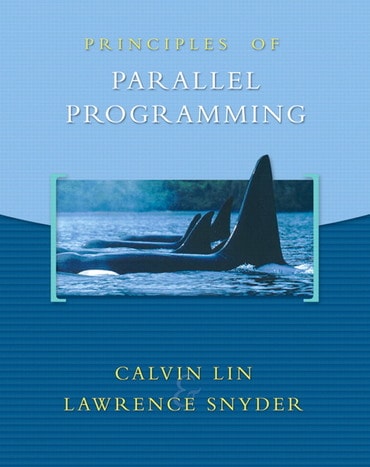Switch content of the page by the Role togglethe content would be changed according to the role
Principles of Parallel Programming, 1st edition
Published by Pearson (February 26, 2008) © 2009
- Calvin Lin University of Texas, Austin
- Larry Snyder University of Washington
eTextbook
$49.99
$159.99
Need help? Get in touch

Digital Learning NOW
Extend your professional development and meet your students where they are with free weekly Digital Learning NOW webinars. Attend live, watch on-demand, or listen at your leisure to expand your teaching strategies. Earn digital professional development badges for attending a live session.

